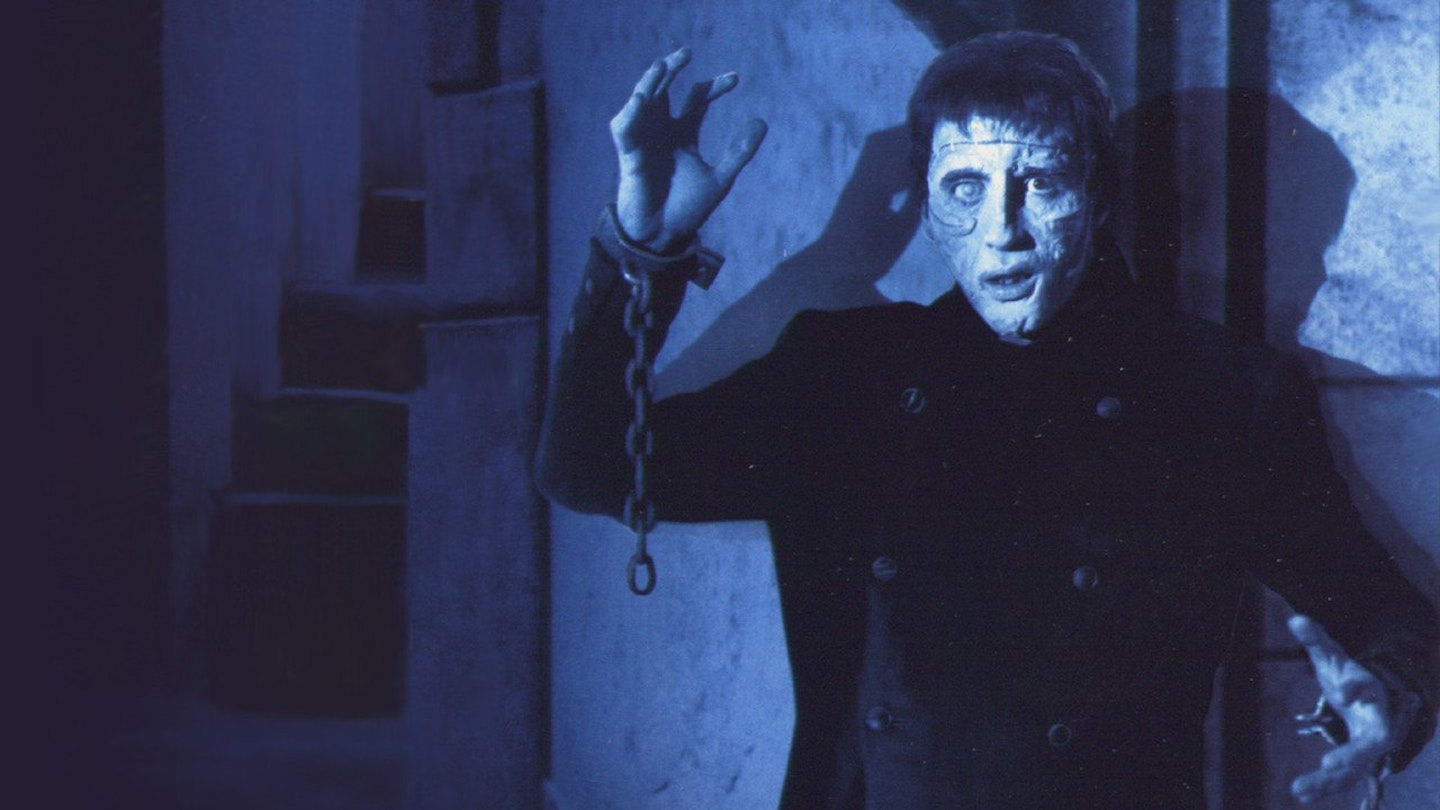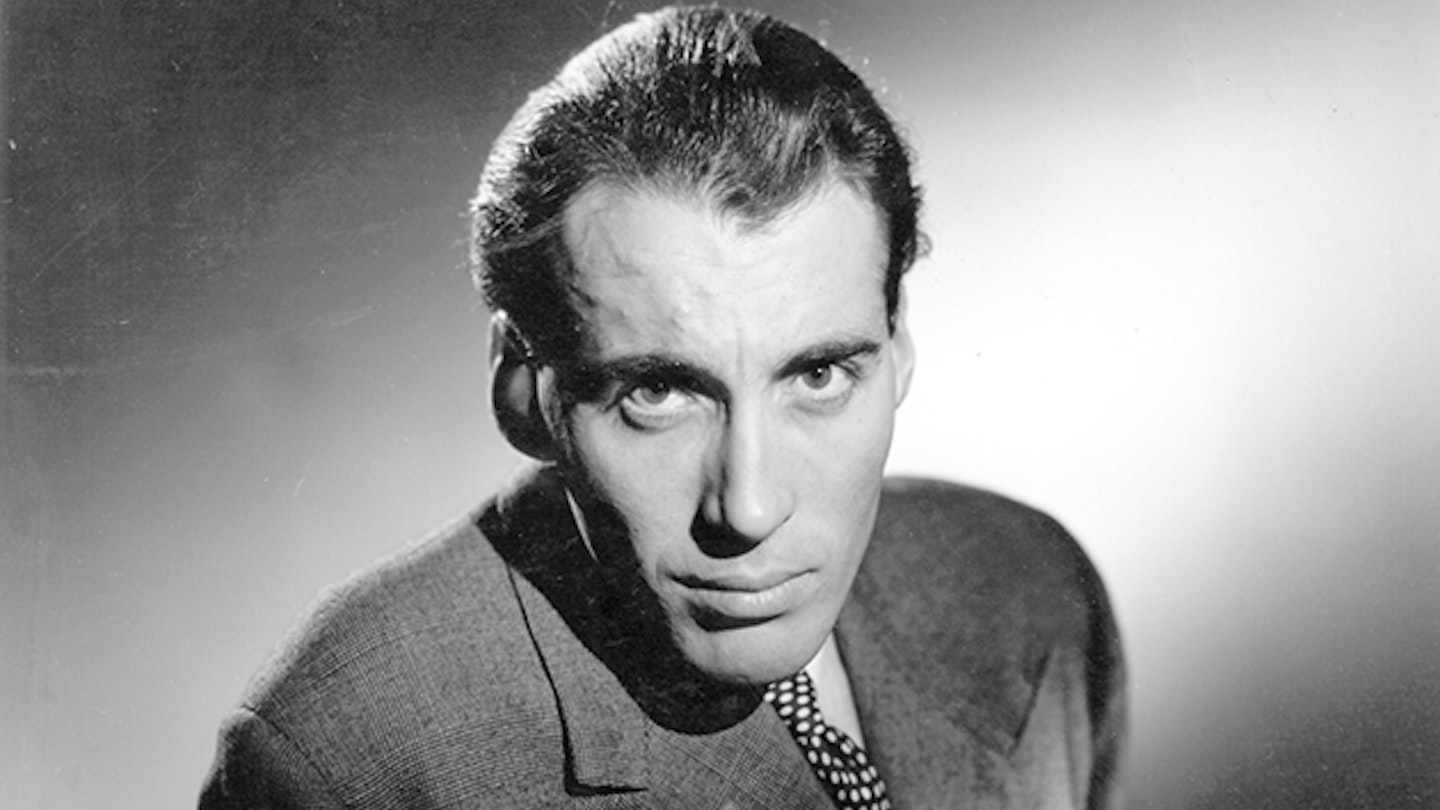Frankenstein was the biggest name in horror from 1931 until 1948 when Universal's flathead met Abbott and Costello, at which point the tragic, fearsome Monster became a laughable goon. In the early 50s, horror was out of fashion (save for a 3D blip around the time of House Of Wax in 1953) and monsters came from outer space or A-bomb test sites. Then Hammer Films, a small British production company, had an unexpected hit with The Quatermass Experiment (1956) and cast around for another monster. They seized on the idea of remaking the original science-gone-mad property, in bloody colour and with as much bodice-ripping and eyeball-in-a-jar action as the censors would allow.
Hammer assigned Jimmy Sangster to come up with a script that had as little as possible to do with Shelley's original novel or Universal's copyrighted film, and handed the job of direction to Terence Fisher. Fisher abandoned the monochrome documentary look of Quatermass in favour of the lovely pastels and lurid primaries of Eastmancolour, and the half-modern/half-fairytale world of the James Whale version gave way to a meticulous mid-Victorian Switzerland, complete with elaborate sets, hairstyles and costumes. Whale's Henry Frankenstein might as well be a sorcerer, but Hammer's Baron is a chilly scientist, forerunner of the conscience-free obsessives who pioneered rocketry under the Nazis and nuclear weapons throughout the Cold War.
Like the 1931 film, Hammer's first Frankenstein made its leading man into a horror star. Indeed, it went one better by making both its leading men into horror stars. To play Victor Frankenstein, an icy rake who seduces the maid and bumps off a cuddly professor in order to continue his monster-making, Hammer selected Peter Gushing, then famous for a string of roles on BBC TV that ranged from Winston Smith in 1984 to Mr. D'Arcy in Pride And Prejudice. Gushing dominates the film with a performance that ranges from fanatical coldbloodedness to hysterical raving. His masterstrokes are telling gestures: absent-mindedly wiping bright blood on the plush lapel of a well-tailored coat, dashing about his laboratory pulling levers as his creature stirs in his tank, briskly asking his lovely fiancee (Court) for the marmalade just after he has locked his cast-off mistress in with the raging Monster.
Universal's Frankensteins concentrate on the Monster, but the star here is the Baron. Gushing returned in numerous sequels: all those directed by Fisher (The Revenge Of Frankenstein (1958), Frankenstein Created Woman (1967), Frankenstein Must Be Destroyed (1969), Frankenstein And The Monster From Hell (1974) are worth a look with the actor expanding his performance as a succession of experiments go disastrously awry.
For the Monster, Hammer were torn between Carry On stalwart Bernard Bresslaw and multilingual bit player Christopher Lee. Bresslaw's agent wanted too much money, so Lee won both the role and a place in the horror firmament, a position confirmed in 1958 by a star-making turn as Dracula.
Though intended to have a sculptor's hands and a physicist's brain, the creature is malformed because Victor's insufferably moralistic assistant Paul Krempe (Urquhart) smashes the brain's bottle in a fierce tussle over the ethics of body-snatching. For too long, Lee has been criticised for not imitating Karloff's performance. Actually, he does wonders with the role of a monster who is almost a scripted afterthought to the rottenness of his creator. Laced tight like a silent movie whiteface clown, the creature periodically explodes into terrifying bursts of homicidal rage. There's a gruesome moment amid lush Berkshire greenery where half his head has been shot away, and he displays a sickening, yet oddly touching, streak of vanity by attempting to conceal a fresh brain-surgery scar among all his other grotesque deformities when Frankenstein exhibits him to the still-appalled Krempe.
It's far from Hammer's best horror — the first half is bogged down with chat around the dinner table, and Krempe is a scowling plot device who wears out his welcome rather too quickly — but it is the first, and sets the template for all the gothics the company would turn out over the next 15 years. In 1957, the film was a great commercial success and widely harangued by the press on the grounds of its (now mild-mannered) gore and sleaze.

